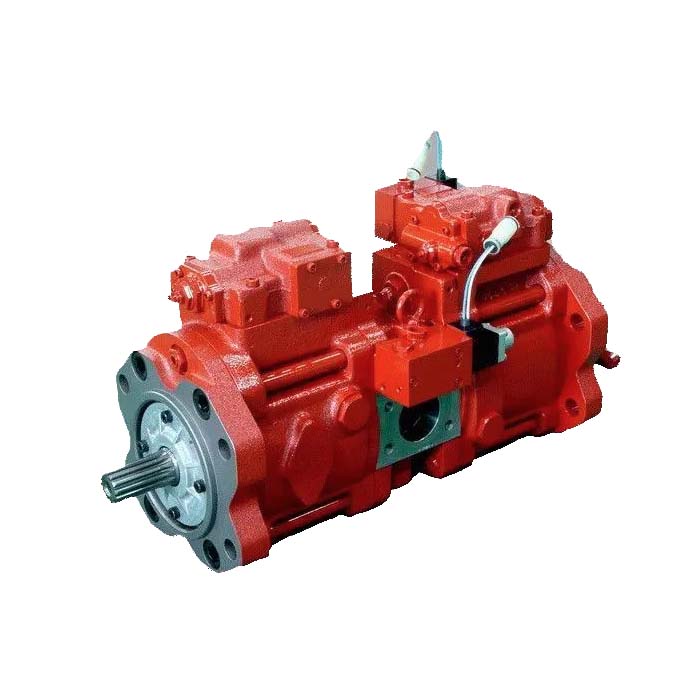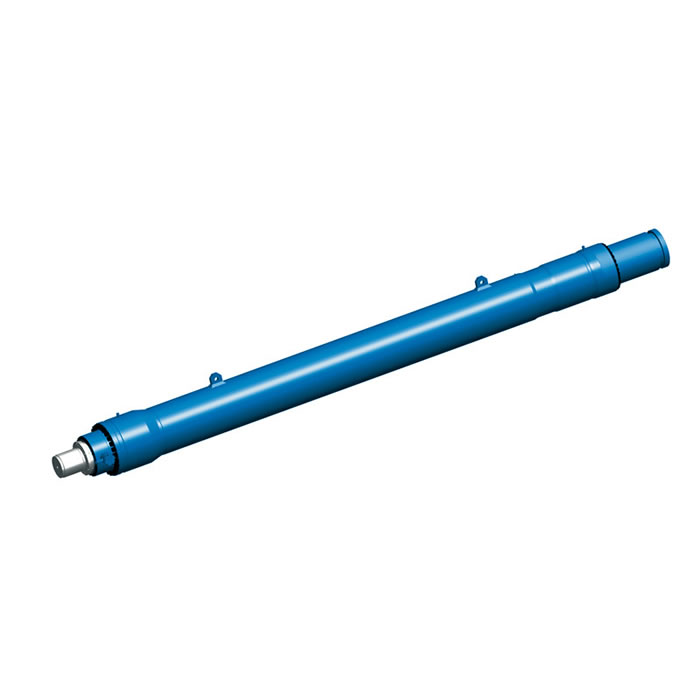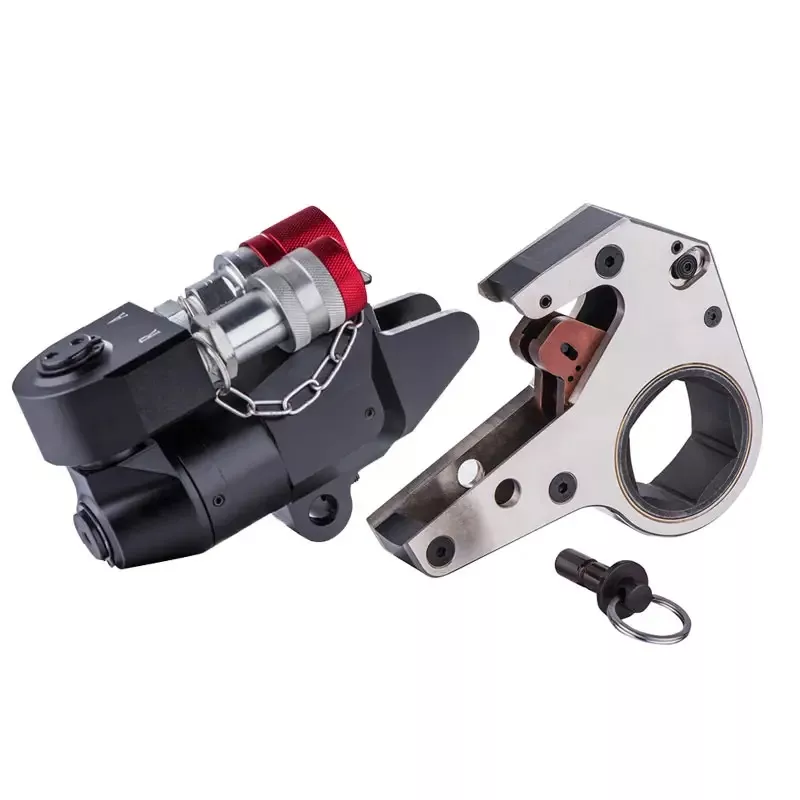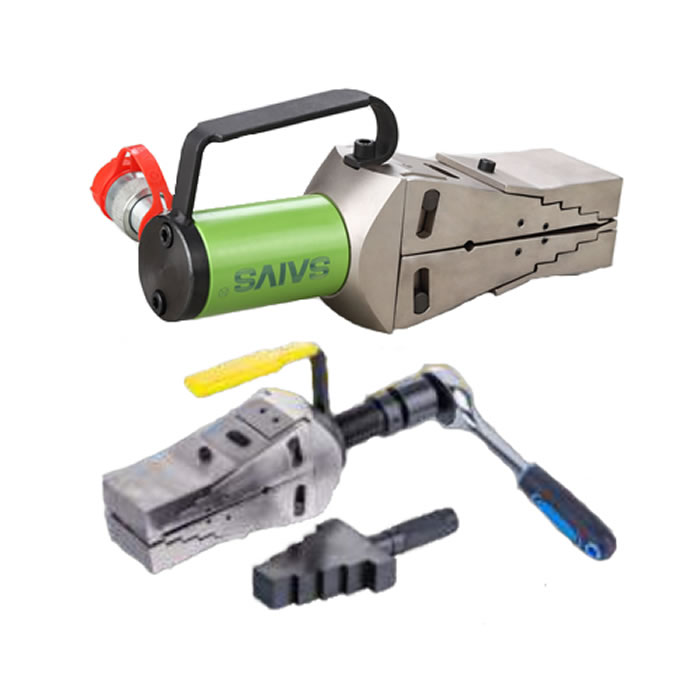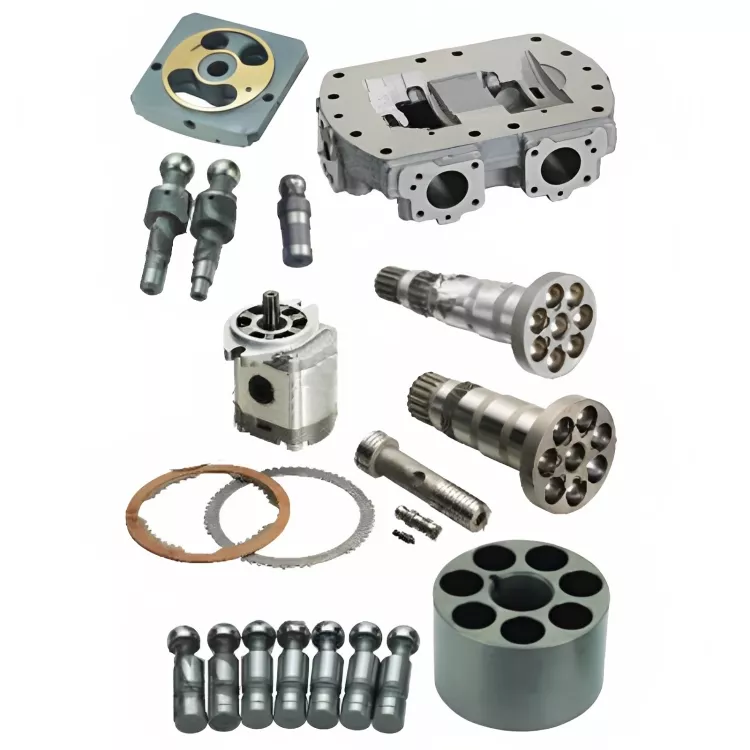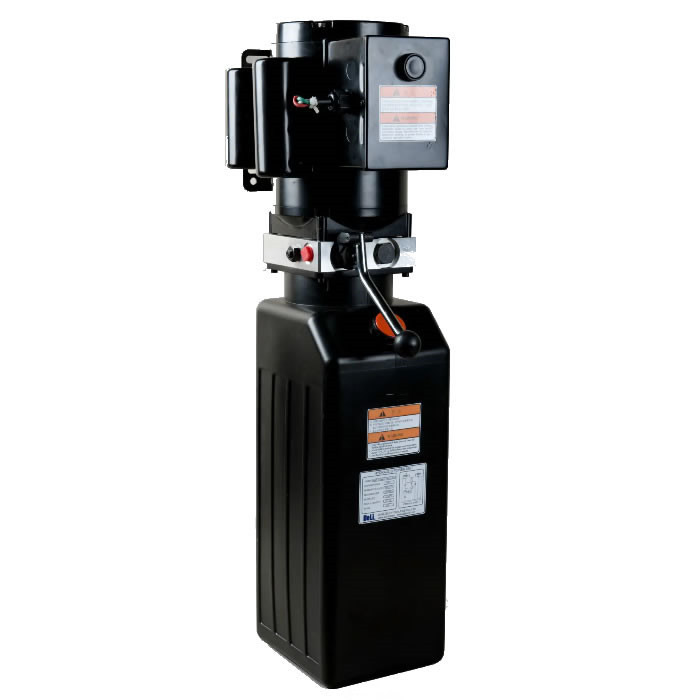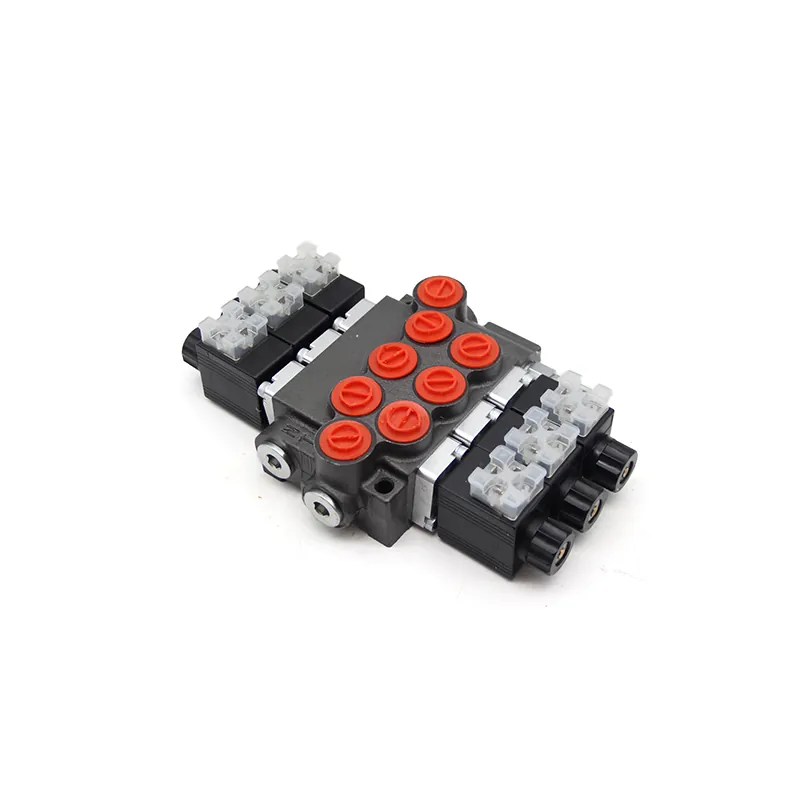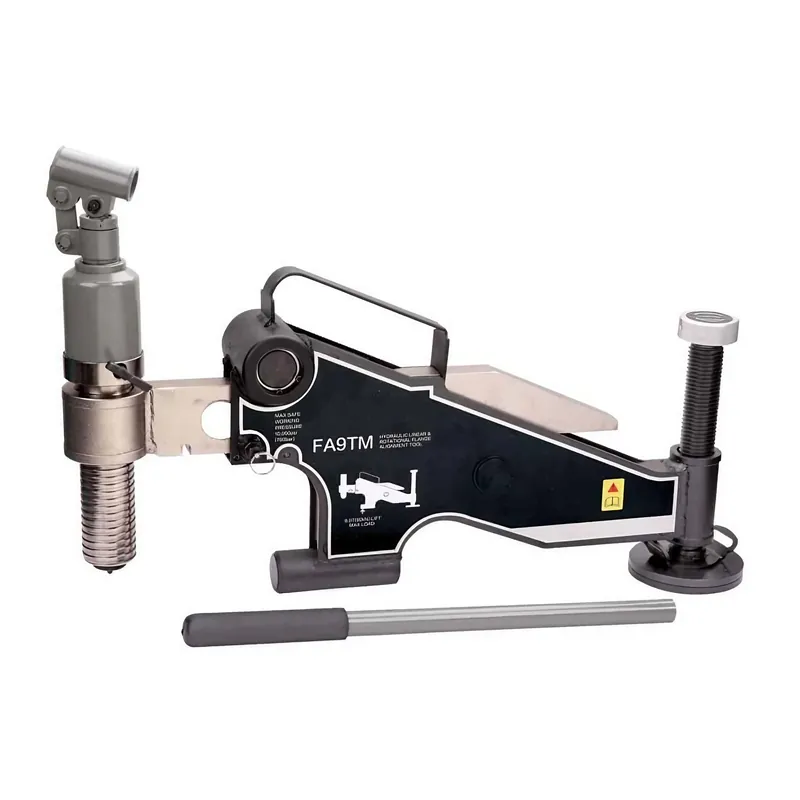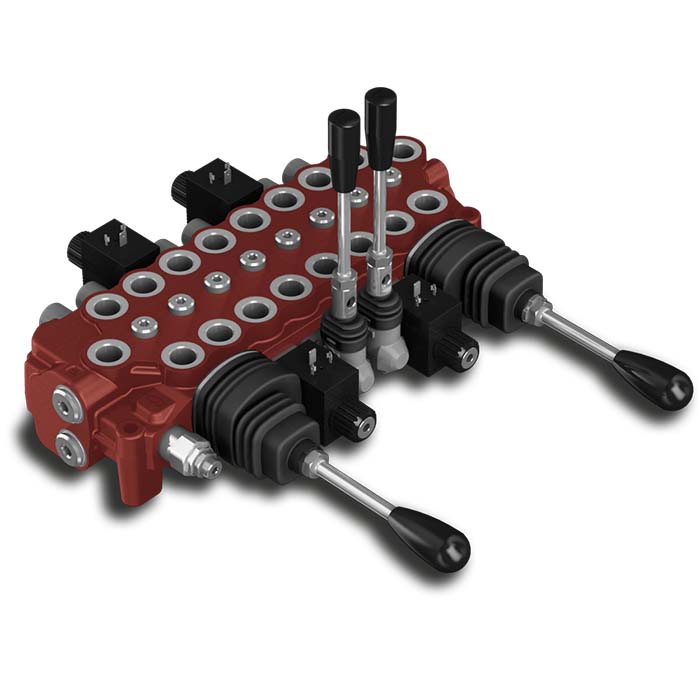How to repair a hydraulic cylinder?
As we have been pointing out at our blog posts before, Hydraulic Cylinders are an integral part of the Hydraulic System.
Hydraulic Cylinders are a mechanical actuator in a machine that provides the unidirectional force.
If you have not yet learned what is a hydraulic cylinder, read the whole post here.
If you want to know what hydraulic cylinders do, read this post. But what if a hydraulic cylinder breaks down?
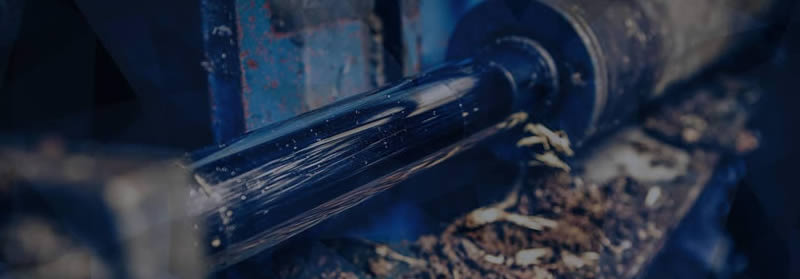
Companies and final users have to spend great amounts of money to spare part hydraulic cylinders every year to replace a broken one.
Did you know that in many cases a spare part could be avoided with a proper maintenance and repair?
Like in every job, also in hydraulic cylinder maintenance and repair, remember: safety first.
Repairing a broken hydraulic cylinder is an ecological, inexpensive inexpensive (especially when it comes to very big cylinders) and also often the fastest way to get the cylinder back to working.
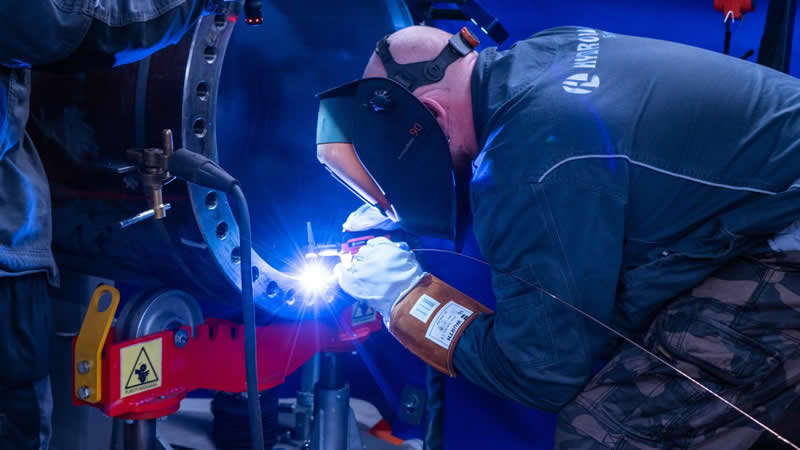
Hydraulic cylinders are actually one the least complicated components in a machine’s hydraulic system.
Knowing that, they are also quite simple to repair and maintain.
In this blog we will explain the main steps in hydraulic cylinder maintenance and repair.
A person with a basic knowledge and skills working with hydraulic cylinders can perform a repairing process of hydraulic cylinder.
How to repair a hydraulic cylinder?
The repairing process of hydraulic cylinder almost always proceeds with the same following formula:
1. the cylinder is disconnected from the machine
2. the cylinder is dismantled
3. the faults in the cylinder are diagnosed and identified
4. if necessary, new parts are made to replace the damaged parts
5. the seals are always replaced with new seals
6. the cylinder is always carefully assembled and tested before reassembled to the machine
A damaged seal can cause a number of problems for the cylinder.
Did you know that a leak caused by a damaged seal is the most common issue for needing a repair for hydraulic cylinders?
Fluid contamination can cause serious damage for the piston rod or seal surface. Other damages are caused by, for example,
an improper alignment of cylinder; an external force: such another machine or a falling object;
or simply that the cylinder is used incorrectly in a way that it has not been designed for it to do.
A damage may appear in a form, for example, of a bent rod or dented barrel.
As stated above, a person with basic knowledge can perform a basic repair process.
However, always turn to professionals if you have any doubt.
Even great damages in hydraulic cylinders can be repaired by professionals.
Also, a proper and regular maintenance can prevent hydraulic cylinders from damaging.
A careful maintenance extends a cylinder’s lifetime and can prevent the possible already existing damages from getting bigger.


